Here are 5 Key Aspects of Basic Car Maintenance to help you drive safe and keep your car running smoothly...
Checking Tire Pressures
It’s important to keep your tires correctly inflated; especially for long trips. Benefits include better fuel economy, driving performance, and safety. The correct tire pressure depends on the specific vehicle. Manufacturers provide this information (usually on a sticker in the driver’s side door jamb or in the owner’s manual). It's typically around 30 to 35psi, depending on the weight of the vehicle, and may be different for front and rear tires. Don’t follow the pressure marked on tire sidewalls; this is only the maximum pressure the tire is rated for. It’s recommended to check tire pressures once a month (this includes the spare tire if you have one). Even if your car has a tire pressure monitoring system built in, it’s still good to periodically check manually. A portable tire inflator is a really handy tool to check tire pressures, top up tires, or even inflate from flat.
Checking Tire Tread
Along with correct inflation, you should also pay attention to tread depth (having enough tread for reliable and safe driving). 6/32” or deeper is good, 4/32” is when you should start thinking about replacing your tires, and 2/32” or less is definitely time to replace them. Most tires have a line marked on the sidewall, across each section of tread. When tread reaches this level, it’s time to replace the tire. There are also tire wear bars across the face of the tire (that contacts the road) in the grooves between the sections of tread. When these bars are level with the raised tread, the tire should be replaced. These two kinds of visual indicators are handy guides when inspecting tire tread. If you want a more precise measure of tread depth, you can get a simple tread depth gauge and measure in the grooves from the base to the top of the tread. Check in multiple places. If there’s uneven wear, it’s advisable to get the wheel alignment checked out by a professional car service center. A popular rough method of gauging tread depth is inserting a penny into the tread grooves with Lincoln’s head facing down. If any of the head is hidden by the tread, you still have usable tread. The point at which Lincoln’s head is fully revealed is just 2/32” and time to replace the tire. A similar test with a quarter indicates 4/32” and time to start thinking about tire replacement. Tire tread is very important to provide good traction, channel water from wet roads, and avoid dangerous blowouts. Don’t leave it too long to replace your tires.
Changing the Air Filter
The air filter keeps dust, pollen, and other contaminants from getting to your engine. As the filter captures these particles, it gradually becomes clogged, limiting air flow to your engine. This can affect mileage and acceleration. Dusty or polluted air will clog the air filter faster (a black or gray air filter is dirtier). The air filter needs to be replaced every 12,000 to 45,000 miles, but check the owner’s manual to find the recommended time for changing yours (and to find its location). On the topic of filters, your car has various others that filter the engine oil, fuel, cabin air, and emissions. You can look into these others too.
Checking Fluids Levels
Various fluids keep your car running smoothly and safely. These include engine oil, brake fluid, coolant, transmission fluid, power steering fluid, and windshield washer fluid. Check each of these periodically (or ensure a mechanic does). For the fluid tanks that have a dipstick, wipe off the dipstick with a clean cloth before checking the level. Transmission fluid should be checked while the vehicle is running, but coolant should be checked when the vehicle is turned off. In all cases, your car should be parked on a flat surface to get the correct level!
Changing Engine Oil
The engine is a complex collection of rapidly moving parts operating under high stress. Engine oil lubricates the parts for smooth & efficient running without excessive wear. Over time, this oil becomes contaminated with particles of metal and other debris that reduces the lubricating effect of the oil. Eventually, this could cause overheating and serious engine wear. The oil needs to be changed every 3,000 to 10,000 miles (follow your car manufacturer recommendation). You can learn the method yourself or just have a service centre do it for a reasonable charge. Motor oils have different types and viscosities. To find the correct kind for your car model, check the manual or ask the manufacturer.

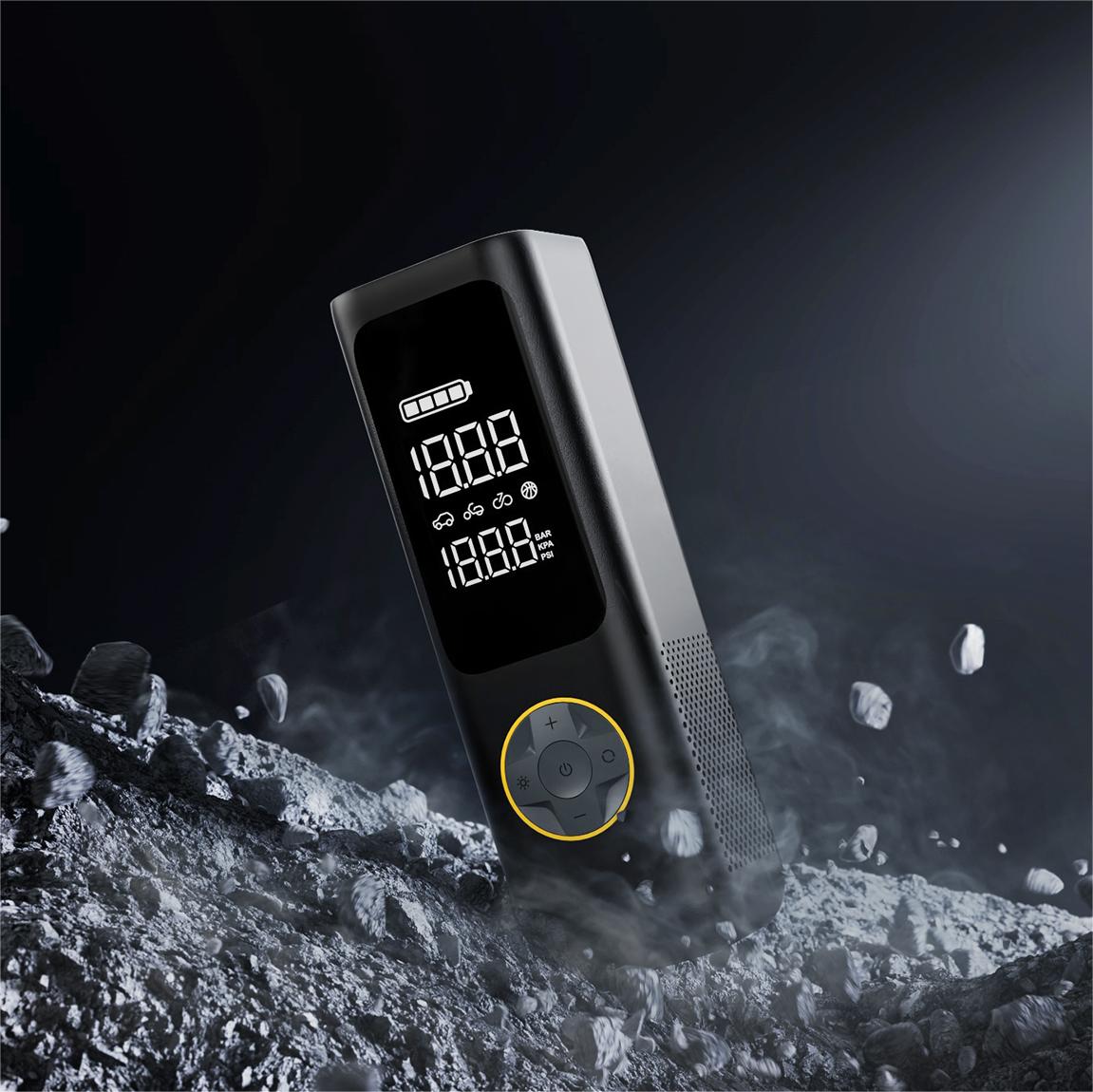

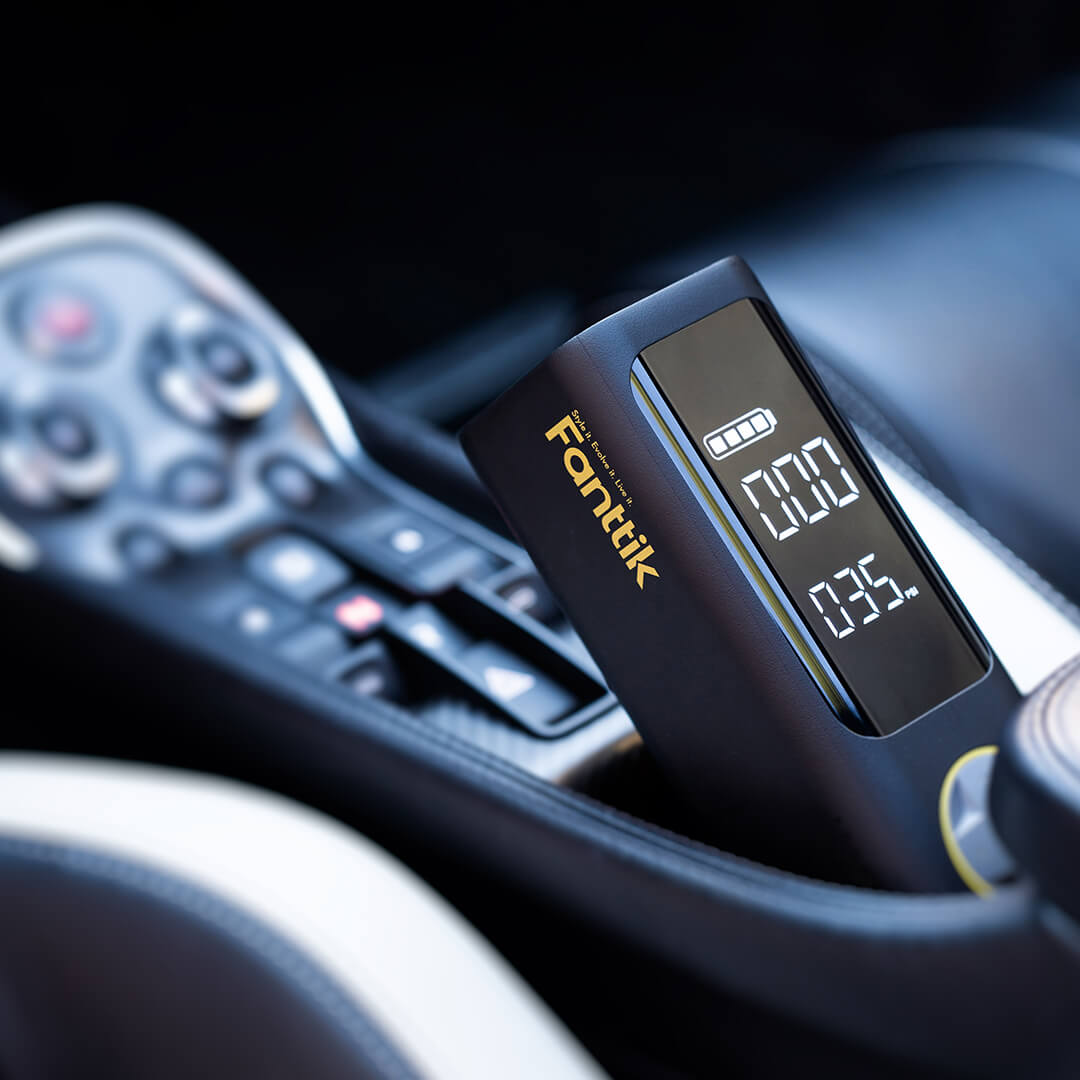
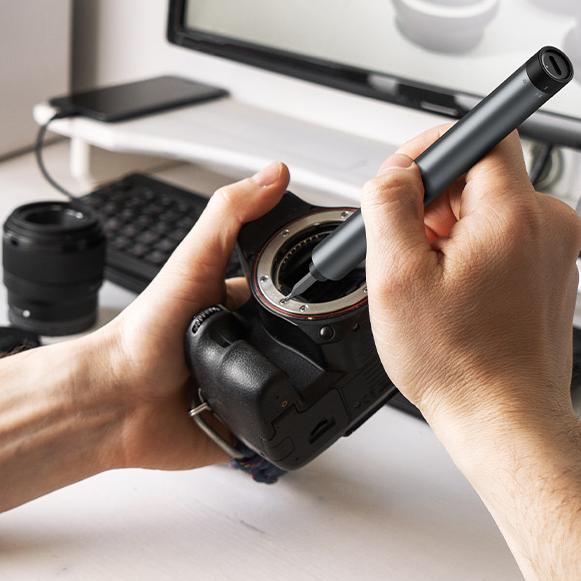



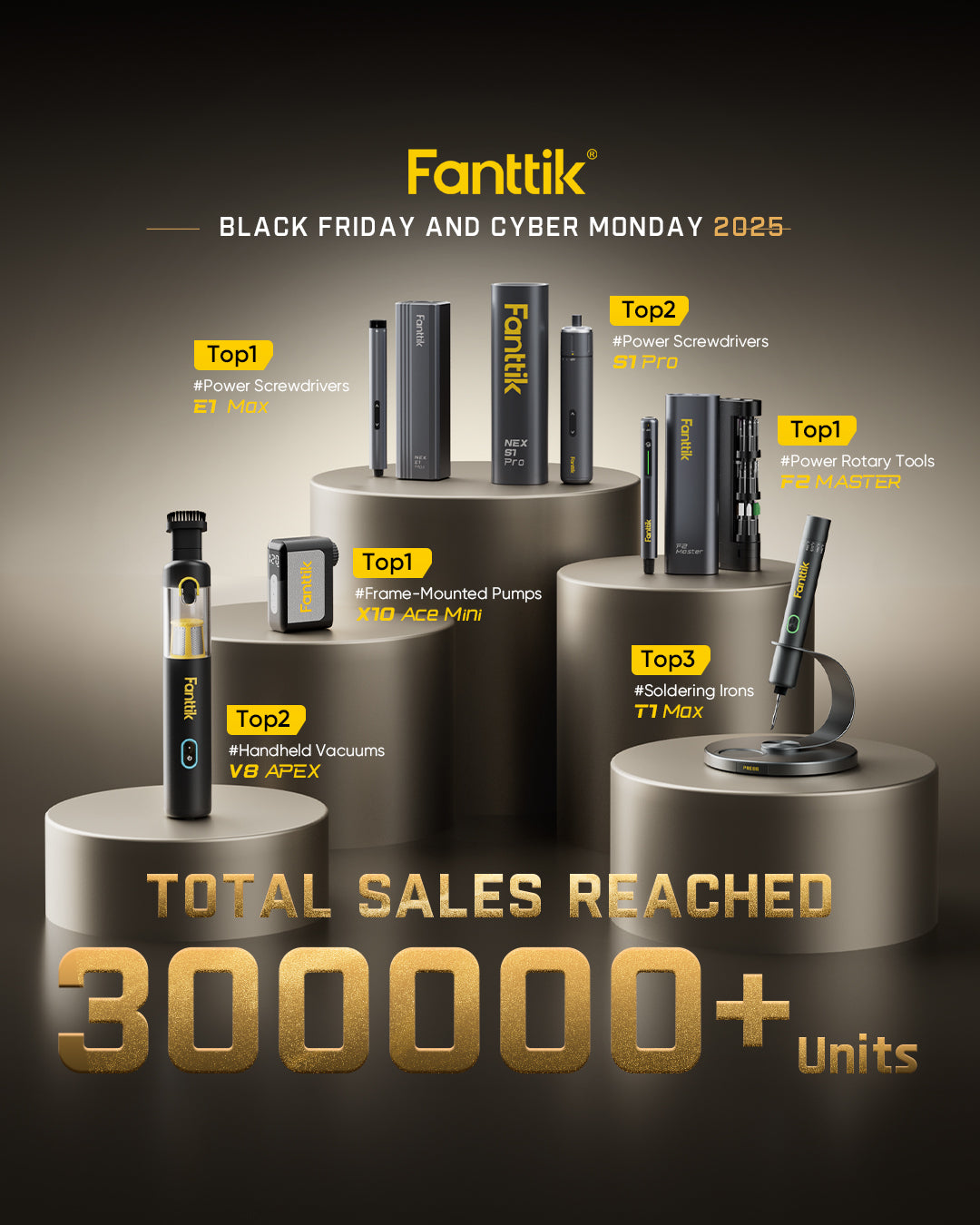

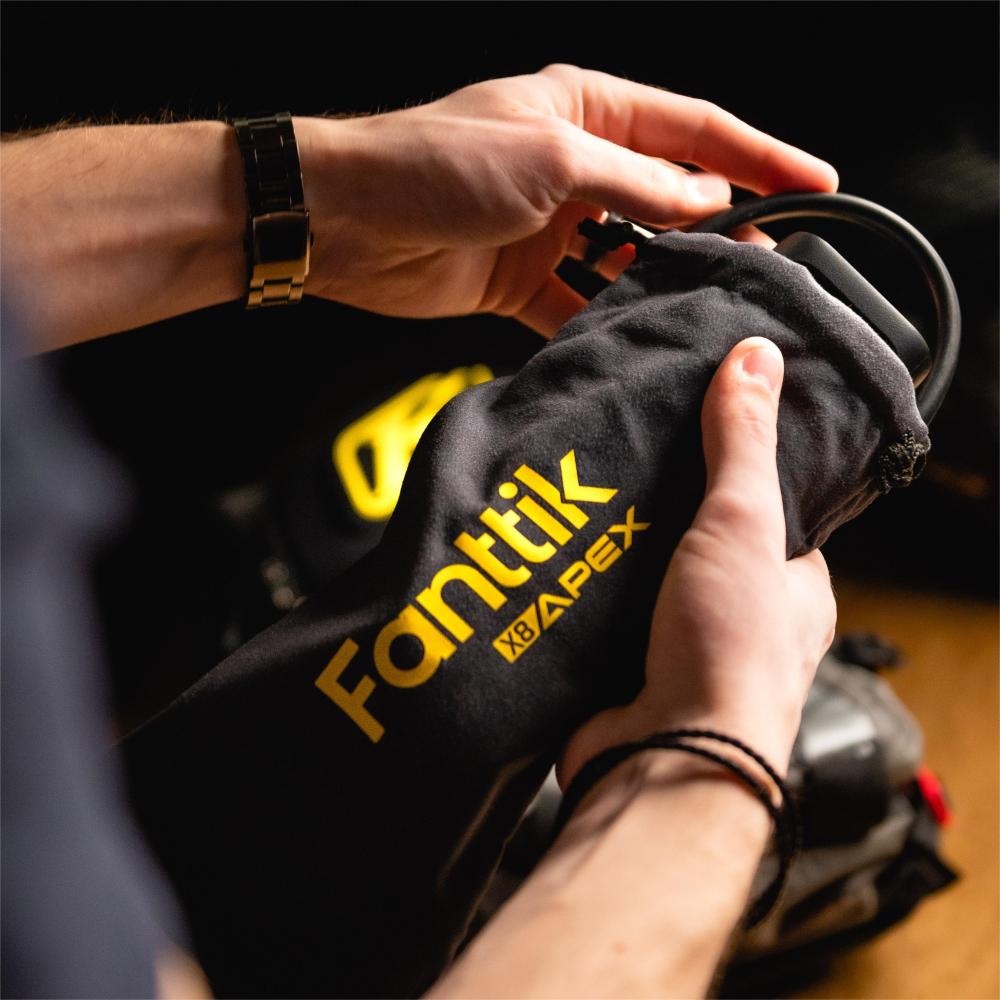

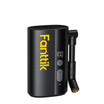
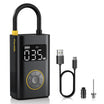
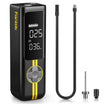
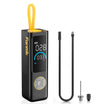
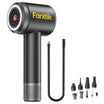
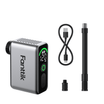
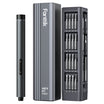
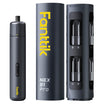
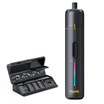
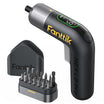
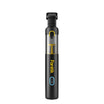
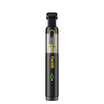
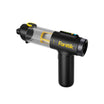
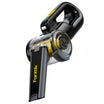
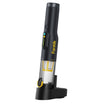
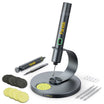
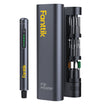
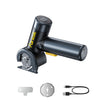
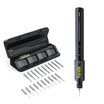
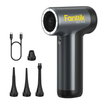

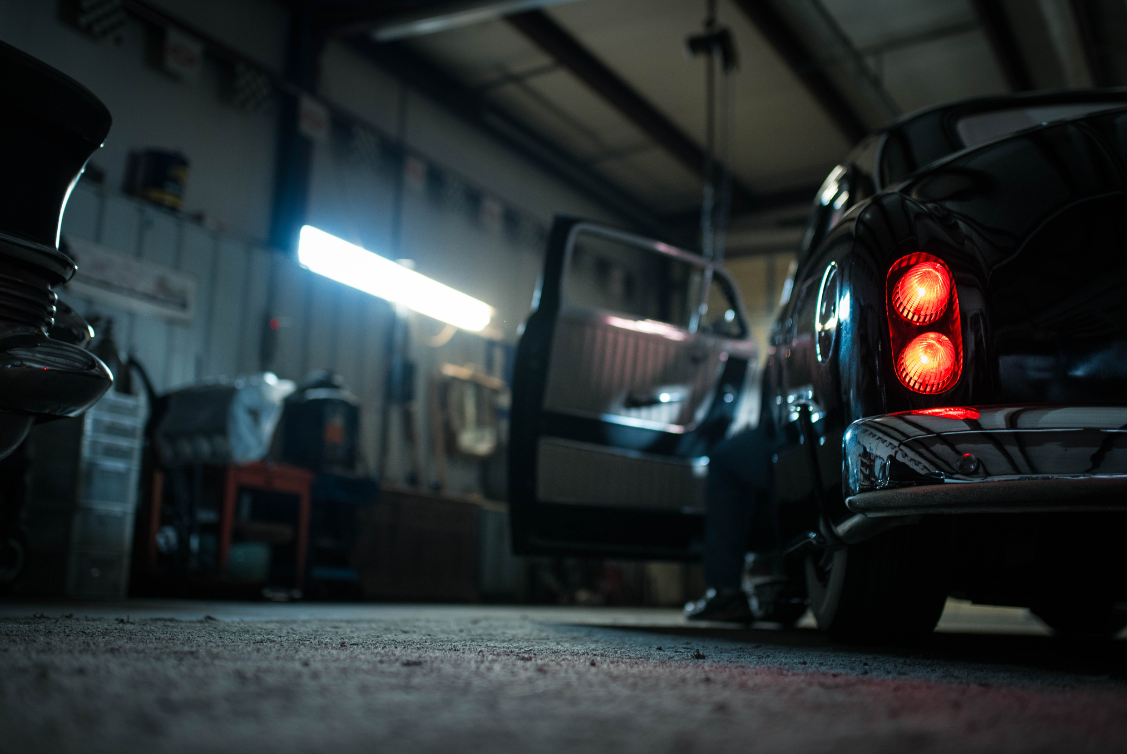
Leave a comment
This site is protected by hCaptcha and the hCaptcha Privacy Policy and Terms of Service apply.